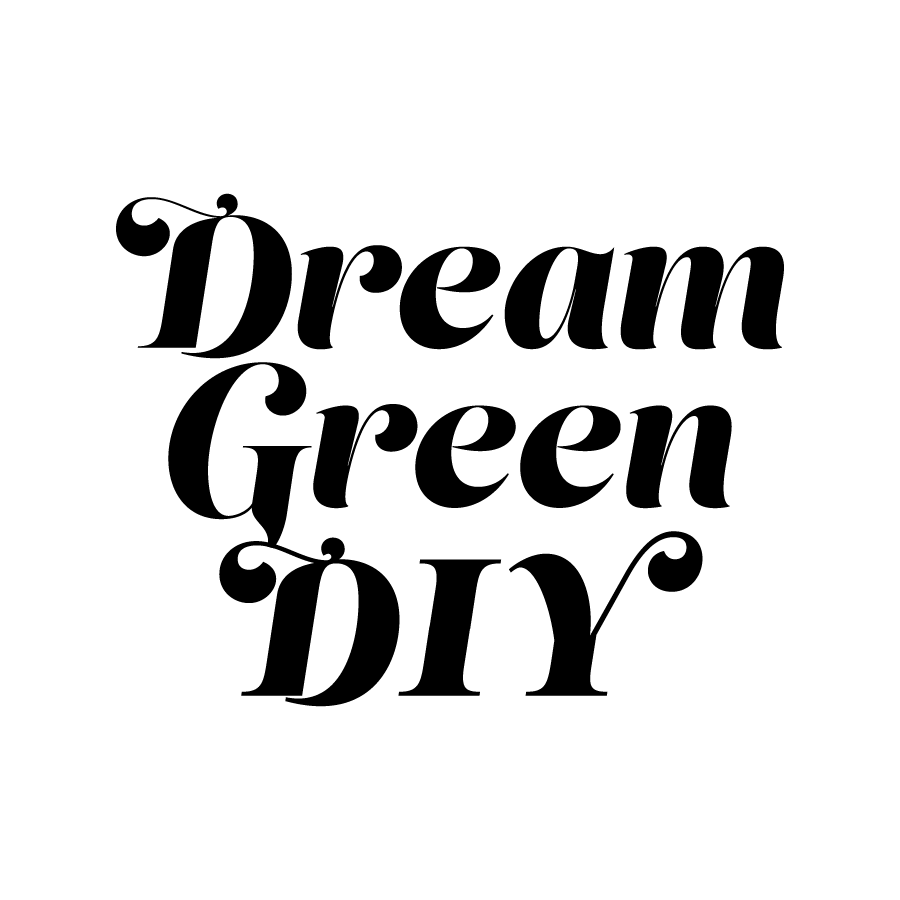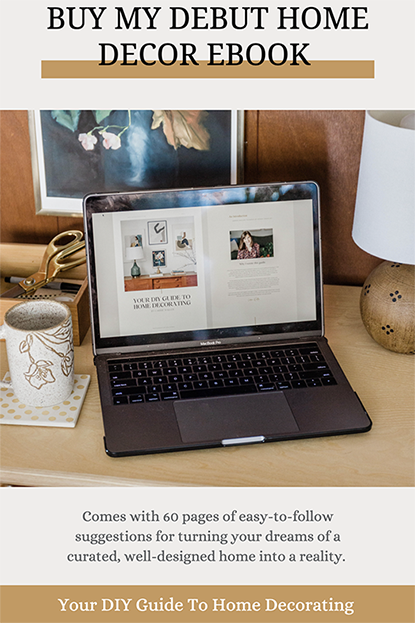.jpg)
I’ll never forget being in art class in high school and trying to convince my classmates that they could learn how to be artistic if they only tried! I’m firmly of the mind that creativity can be developed with practice, and that goes for home décor, too. You might feel paralyzed by insecurity, but I promise that you can do it if you just take things one step at a time. It’ll be slow at first, but the more you do it, the more you’ll trust your gut, and the faster you’ll get at making decisions as time goes on.
A little sappy? Yes, but it’s the truth! Which leads me to one of my most frequently asked reader questions: how do you color-coordinate around an area rug. The answer is…CHEAT! This is one of the absolute easiest home décor “problems” you could ever come up against because the answer is honestly staring you right in the face (I say this with love, by the way).
.jpg)
.jpg) When it comes to choosing colors based on your rug, you don’t have to do anything more than take a long hard look at the colors already in existence in your rug. Take the rug pictured above in our living room as an example. All I did to make that particular rug work in our space was pull the main four colors right out of it, and then I used those to dictate my choices for accents around the rest of the room.
When it comes to choosing colors based on your rug, you don’t have to do anything more than take a long hard look at the colors already in existence in your rug. Take the rug pictured above in our living room as an example. All I did to make that particular rug work in our space was pull the main four colors right out of it, and then I used those to dictate my choices for accents around the rest of the room.
There was a soft creamy beige/gray in the pattern, so I used a paint color called “Agreeable Gray” by Sherwin Williams on the wall right behind the couch. There was also a good bit of dark teal blue in the rug, so I carried in one of our existing blue leather chairs to arrange off to the side. Dark charcoal also popped up in the rug pattern, so that meant our dark gray couch worked just fine with it, and that bright rusty red in the rug was the perfect complement to the reddish stain on our wood trim and vintage coffee table.
.jpg)
So, when I say “cheat,” I mean that you can let the rug do all of the color-coordinating for you. It’s more like following a simple formula rather than actually sitting down and doing a lot of pre-planning! The hardest part will be the process of digging through your home to find accents that pull in those same colors, but if you’ve chosen a rug that matched your whole house color palette, that should be a cinch, too.
If you want to get a little more scientific about things without just defaulting to using the same exact colors already in your rug, you could try going with complementary colors instead. Our dining room is a good example of this.
.jpg)
Instead of picking a rug that already had blues and greens in it to match our dark teal-painted accent wall and green mid-century lamps, I went with one that pulled more red in color. If you Google the color wheel, you’ll see that red is opposite green, so you can use a red rug to help give a room that has a lot of green in it a pop of coordinated dimension without using the same colors already in the room.
In other words, use a lavender or eggplant-colored rug in a room painted mustardy yellow, or a blue rug in an orange-painted space. I can’t explain why it works, but it just does.
.jpg)
I’m not sure that that’s the type of explanation you were hoping for, but it’s what works for me! I think we all have the tendency to overthink the things that are outside our wheelhouse, but this is one of those wonderful things that you barely even have to think about.
If you want to send me a photo of your rug (or anything in your house, for that matter!) that you’re trying to color coordinate around, I’d be happy to help. Just hop over to Instagram and send me a DM and we can talk it through. Bottom line: you can do it, and it’s going to be beautiful!
.jpg)
*I earn a small percentage from purchases made using the affiliate links above. Affiliate links are not sponsored. Rest assured that I never recommend products we wouldn’t use or don’t already love ourselves.




